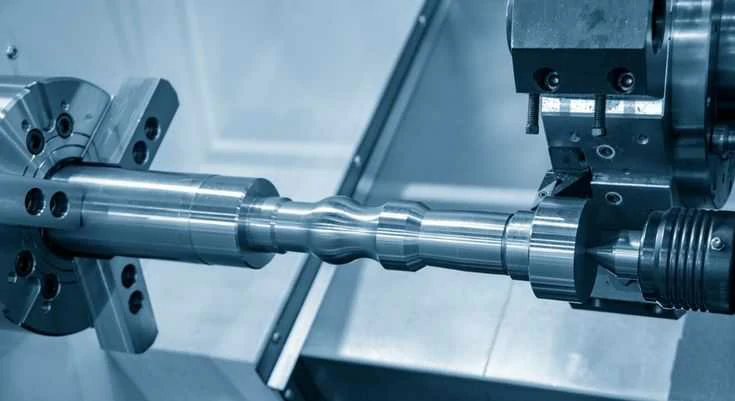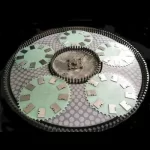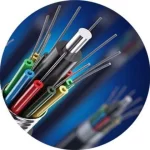Proper Dressing and Dressing Tools Optimize Grinding Operations
Introduction:
In the field of manufacturing, grinding operations are widely used for shaping and finishing various materials. Whether it is metal, ceramic, or composite materials, grinding plays a crucial role in achieving precise dimensions and desired surface finishes. To ensure efficient and effective grinding operations, proper dressing of the grinding wheel and the use of suitable dressing tools are essential. This article will discuss the importance of proper dressing and dressing tools in optimizing grinding operations.
1. Definition of Dressing and its Significance:
Dressing refers to the process of conditioning the grinding wheel’s abrasive surface to expose fresh cutting edges and maintain its original shape. It involves removing the dull grains and bonding material that become clogged during grinding, thereby restoring the wheel’s cutting capability. Proper dressing is vital because it helps to achieve consistent results, reduces surface roughness, minimizes wheel wear, and prevents thermal damage during grinding.
2. Types of Dressing Techniques:
There are various dressing techniques available, each suited for specific grinding applications. The most commonly used methods include:
a) Mechanical Dressing: This method involves the use of a dressing tool, such as a single-point diamond, to remove the dull grains from the wheel’s surface. Mechanical dressing is best suited for precision grinding operations that require intricate profiles and close tolerances.
b) Electroplated Diamond Dressing: In this technique, a layer of diamond particles is electroplated onto a tool, which is then used to dress the grinding wheel. Electroplated diamond dressing is ideal for grinding operations that demand high stock removal rates and prolonged wheel life.
c) Crush Dressing: Crush dressing involves crushing a soft abrasive, such as aluminum oxide, against the grinding wheel to expose fresh cutting edges. This technique is commonly used for rough grinding applications.
3. Selection of Dressing Tools:
Choosing the right dressing tool is crucial for achieving optimal grinding performance. The selection depends on factors such as the material being ground, the desired surface finish, and the specific grinding process. Some commonly used dressing tools include:
a) Single-Point Diamond: This type of dressing tool is suitable for precision grinding operations, where intricate profiles and close tolerances are required. Single-point diamonds are known for their excellent shape retention and durability.
b) Rotary Diamond Dresser: A rotary diamond dresser consists of multiple small diamonds clustered together on the tool’s surface. It is ideal for applications that demand high stock removal rates and long tool life.
c) Stationary Diamond Dresser: This dressing tool is fixed in a stationary position and is used for simple and straightforward dressing operations. It is cost-effective and suitable for general-purpose grinding applications.
4. Benefits of Proper Dressing:
Proper dressing offers several benefits that directly impact the efficiency and quality of grinding operations. These advantages include:
a) Improved Surface Finish: By removing dull grains and exposing fresh cutting edges, proper dressing helps achieve smoother surface finishes with reduced surface roughness.
b) Consistent Grinding Results: Dressing ensures consistent grinding results by maintaining the wheel’s original shape and sharpness, resulting in consistent material removal rates and dimensional accuracy.
c) Increased Wheel Life: Regular dressing prevents excessive wheel wear and extends the grinding wheel’s lifespan, contributing to cost savings.
d) Reduced Thermal Damage: Adequate dressing minimizes heat generation during grinding, preventing thermal damage to the workpiece and the wheel.
Conclusion:
In conclusion, proper dressing and the use of suitable dressing tools are crucial for optimizing grinding operations. Dressing helps maintain the grinding wheel’s cutting capability, resulting in improved surface finish, increased wheel life, and reduced thermal damage. Depending on the application, various dressing techniques and dressing tools can be employed to ensure efficient and effective grinding processes. Manufacturers should focus on implementing appropriate dressing practices to achieve consistent and high-quality grinding results.
.webp)




